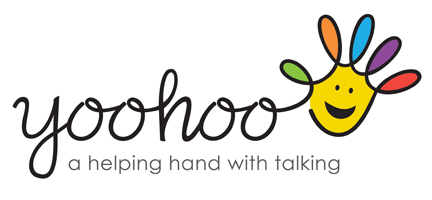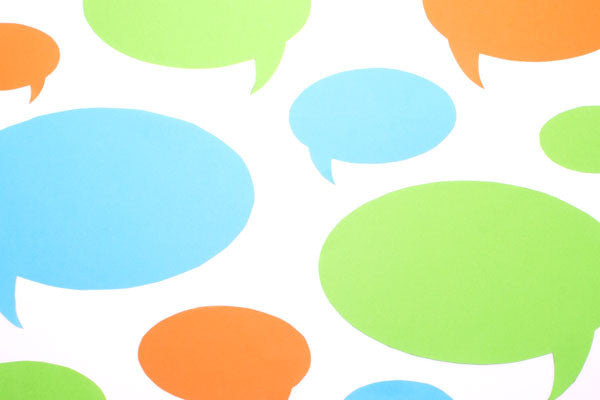It is an exciting time when your child starts to communicate with you using sounds and words that are recognisable. Finally, your little one has a voice and can express their wants, wishes and opinions!
There is a recognisable pattern to speech sounds development. Due to how each speech sound is made some sounds develop before others. Known, commonly, as speech articulators the tongue, lips, teeth, jaw and airstream are crucial for accurate speech sound production.
The first sounds, typically, to develop are bilabial sounds – this means two lip sounds. These include /p/ and /b/. Along with these sounds are the nasal sounds – which means using the nose - /m/ and /n/. These are usually heard around the ages 2 and 3 years.
Following on quickly is the sound /w/. Its technical name is a labial velar – made with lip movement and airstream from the back of the mouth. The sound often develops between the ages 2 and 4 years.
Next to develop are alveolar sounds – tongue tapping inside of top teeth. These include /t/ and /d/. Quickly followed by velar sounds – raising the back of the tongue to create a quick air burst at the back of the mouth. These include /k/ and /g/. These sounds often emerge between 2 ½ and 4 years old.
The subsequent sound, usually heard, is a labial-dental sound – this means top teeth on top of the bottom lip. Usually between the ages 3 and 4 years the sound /f/ is heard. Much later, is its partner /v/. Generally appearing between the ages of 5 and 8 years.
Following on from /f/, a child typically moves to more alveolar sounds (tongue touching behind the top teeth). The sound heard around the ages 3 ½ and 5 years is /l/. The sound /r/ often emerging between the ages 3 ½ and 6 years. The sounds /s/ and /z/ developing often amid 3 ½ and 8 years.
Between the ages 4 and 6 years it is typical for the alveolar sound ‘sh’ to emerge along with /s/ clusters. /s/ clusters are the combining of /s/ with another consonant. Examples include spider, snake, slide, skip, swim and stop.
Finally, the affricate sounds ‘ch’ and ‘j’ appear. These are sounds where two sounds merge to create one and are usually heard around 4 ½ and 6 years.
Every child is different and that is why a window of development is given for each speech sound to emerge.
Usually speech sounds develop on their own without needing a helping hand. However, for some children certain speech sounds will prove a little trickier to learn and acquire. This is when talking to your health visitor, nursery nurse or pre-school key worker can be crucial. You could also phone your local NHS Speech and Language Therapy Service or consider liaising with a local independent speech and language therapist. Parents’ and guardians’ gut feeling, in my opinion, is like a super sense. It should be trusted.
Sometimes a child will just have a typical delay. This is when their speech sounds are developing but at a slightly slower rate to that anticipated. However, when this development is exceedingly slow or speech sounds are replaced by unusual speech sounds the term disordered or impairment may be applied.
It is crucial for any child presenting with disordered or impaired speech sound production that support is sort quickly. Important RED FLAGS are:
A child is missing the sounds off the front of words. Speech therapists refer to this as initial consonant deletion.
Speech sounds are regularly missed off at the ends of words. This is commonly referred to as final consonant deletion.
Later speech sounds appear to be developing but earlier speech sounds are absent.
If your child substitutes speech sounds for a glottal stop. It is very hard to explain but it is like holding air in the mouth (oral cavity). If a child was saying butter it could appear more like “bu..er”.
When a child only has a small number of speech sounds in their sound range.
Should a child be over using one or two consonants in place of other speech sounds.
If a child, instead of making sounds that are typically found at the front of the mouth, produces speech sounds at the back instead. Speech and language therapists refer to this as backing. If a child is producing the sounds /t/ or /d/ as /k/ or /g/, this is atypical and can indicate a disordered process.
A child is stopping the usually expected flow of air. For example, the sound /s/ maybe produced as a /d/ and /f/ as a /b/.
When a child does not accurately produce their vowels. This is atypical and signals to speech and language therapists a potential disorder.
Should a child produce the sound /s/ or /z/ as though it was a welsh /l/. Like in the welsh village Llangollen.
yoohoo has designed the resource Chatty Magpie to bring a little therapy to home, nursery and school. They are little boxes ready to support a child with speech challenges. We use Chatty Magpies with the children we see. Parents have told us that they make therapy more ‘do-able’ at home and allow for other family members to be involved. Teachers have said that they allow for bespoke, therapy based activities to be completed in class and 1:1 which incorporate target speech sounds.
Every child deserves a chance. Give your child a helping hand with talking.



Leave a comment